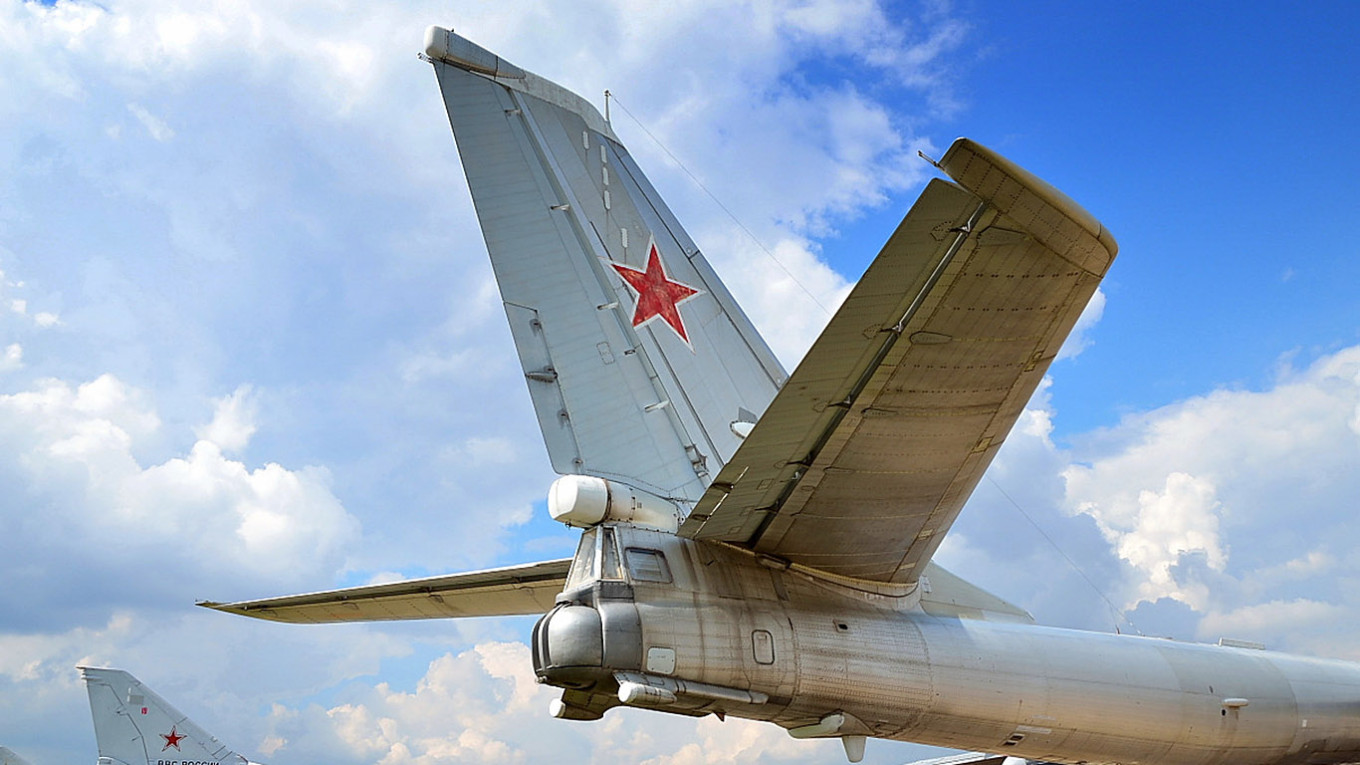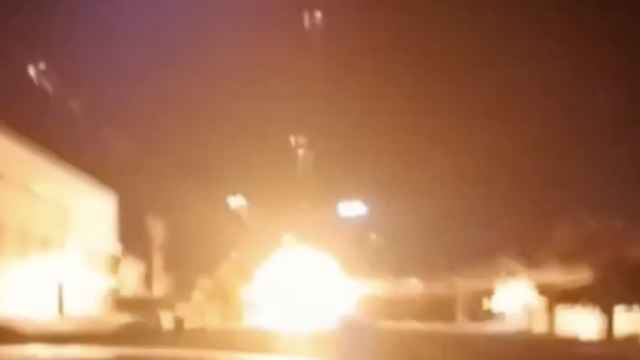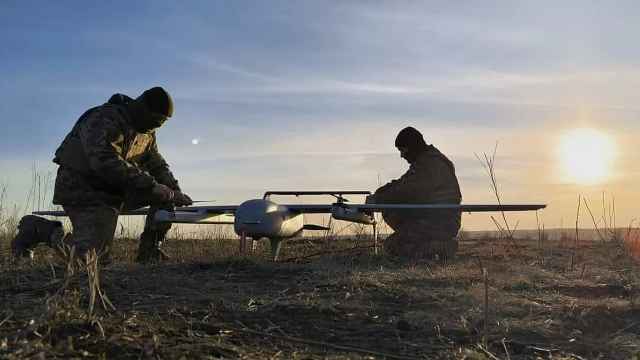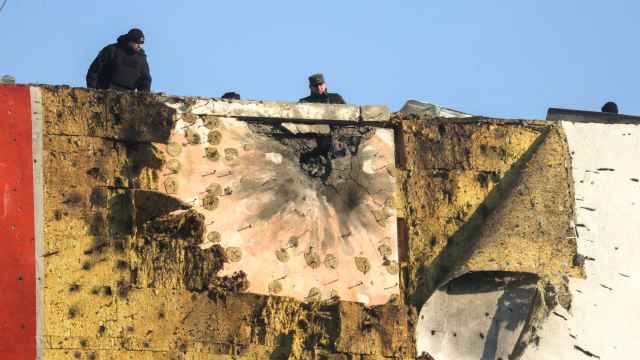Russian warplanes were damaged but not destroyed in a June 1 attack by Ukraine, and they will be restored, Russian Deputy Foreign Minister Sergei Ryabkov said.
Ukrainian drones struck airfields in Siberia and the far north, where Russia houses heavy bombers that form part of its strategic nuclear forces.
The United States assesses that up to 20 warplanes were hit and around 10 were destroyed, two U.S. officials told Reuters, a figure that is about half the number estimated by Ukrainian President Volodymyr Zelenskiy.
But Ryabkov, who oversees arms control diplomacy, told the state-run TASS news agency that, “The equipment in question, as was also stated by representatives of the Ministry of Defense, was not destroyed but damaged. It will be restored.”
It was not immediately clear how swiftly Russia could repair or replace the damaged aircraft — if at all — given the complexity of the technology, the age of some of the Soviet-era planes, and Western sanctions that restrict Russian imports of sensitive components.
Commercial satellite imagery taken after the Ukrainian drone attack shows what experts told Reuters appear to be damaged Russian Tu-95 strategic bombers and Tu-22 Backfire long-range bombers that Russia has used to launch missile strikes against Ukraine.
Russian President Vladimir Putin told U.S. President Donald Trump in a telephone conversation on Wednesday that Moscow would have to respond to the attacks, Trump said.
Russia has an estimated fleet of 67 strategic bombers, including 52 Tu-95s, known as Bear-H by NATO, and 15 Tu-160s, known as Blackjacks, of which about 58 are thought to be deployed, according to the Bulletin of the Atomic Scientists.
In addition, it has 289 non-strategic fighters and bombers, including Tu-22s, Su-24s, Su-34s and MiG-31s, according to the Bulletin. Russia has given no details about which aircraft were damaged but said that Ukraine targeted five airbases.
The Tu-95 and Tu-22 are Soviet-era planes, operational for many decades. State industrial conglomerate Rostec said in 2024 that modern, upgraded versions of the Tu-95 are in service and there are no plans to retire the plane.
The latest model, a Tu-95MSM, is currently being developed and first embarked on a test flight in 2020. Rostec said the Tu-95MSM was a serious upgrade that would increase the aircraft's efficiency and its service life.
United Aircraft Corporation, a Rostec subsidiary that manufactures the planes, said the Tu-22M3 was in serial production from 1978 and put into military service in 1989.
Rostec did not immediately respond to a Reuters request for comment on what the particular challenges would be in terms of parts for the aircraft.
A Message from The Moscow Times:
Dear readers,
We are facing unprecedented challenges. Russia's Prosecutor General's Office has designated The Moscow Times as an "undesirable" organization, criminalizing our work and putting our staff at risk of prosecution. This follows our earlier unjust labeling as a "foreign agent."
These actions are direct attempts to silence independent journalism in Russia. The authorities claim our work "discredits the decisions of the Russian leadership." We see things differently: we strive to provide accurate, unbiased reporting on Russia.
We, the journalists of The Moscow Times, refuse to be silenced. But to continue our work, we need your help.
Your support, no matter how small, makes a world of difference. If you can, please support us monthly starting from just $2. It's quick to set up, and every contribution makes a significant impact.
By supporting The Moscow Times, you're defending open, independent journalism in the face of repression. Thank you for standing with us.
Remind me later.







